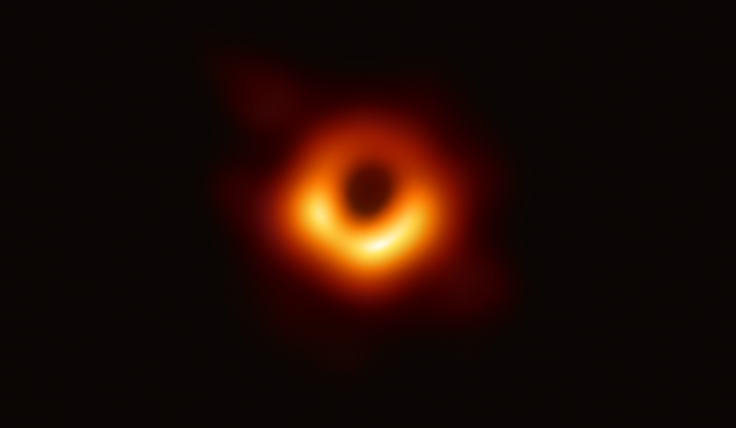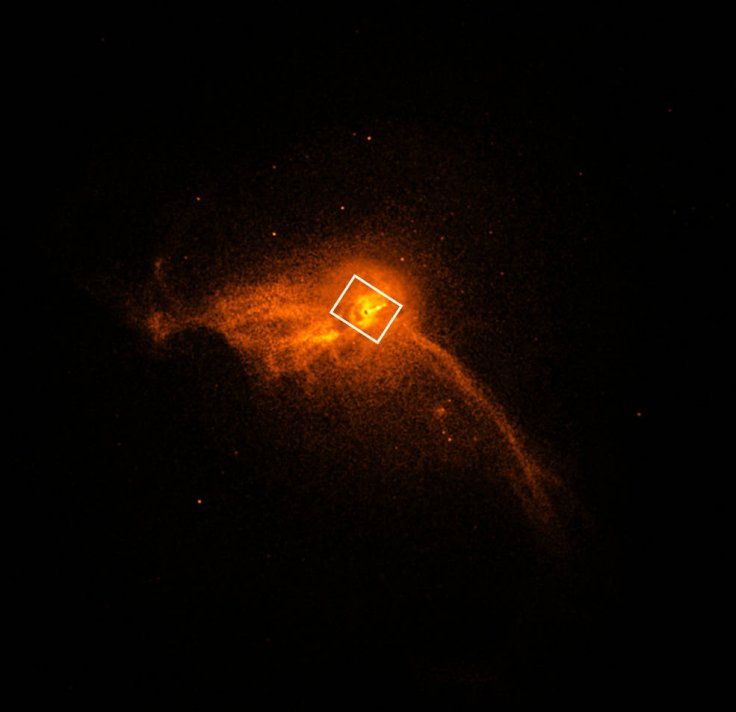
As promised by European Space Agency, they released the first-ever picture of a black hole. The captured image showcased the shadow of the super-massive black hole in the centre of Messier 87 (M87), an elliptical galaxy, which is almost 55 million light-years from the blue planet, earth.
The research report of the study which is now available in the Astrophysical Journal Letters states that this black hole is located in a distant galaxy which is 500 million trillion kilometres away from us.
Even though black holes are dark space entities that are not visible to any telescopes, experts have successfully captured the event horizon, which is actually the edge of the black hole where light cannot escape. Scientists made this milestone achievement using an array of event horizon telescope.
Prof Heino Falcke, of Radboud University in the Netherlands, who proposed the experiment revealed that the first image of the black hole shows a very intense ring of fire surrounding a perfectly circular dark hole.

As reported by BBC News, Prof Falcke said that "What we see is larger than the size of our entire Solar System. It has a mass 6.5 billion times that of the Sun. And it is one of the heaviest black holes that we think exists. It is an absolute monster, the heavyweight champion of black holes in the Universe."
The researcher also added that the bright halo is primarily caused due to the super-heated gas falling into the hole. It should be noted that this 'ring of fire' light is brighter than all the billions of other stars in the galaxy combined, and it is the main reason why it noticed the attention of human-made telescopes.
Dr Ziri Younsi, a top researcher at the University College London revealed that this new picture of black hole falls in line with the popular depiction of these space entities.
"Although they are relatively simple objects, black holes raise some of the most complex questions about the nature of space and time, and ultimately of our existence. It is remarkable that the image we observe is so similar to that which we obtain from our theoretical calculations. So far, it looks like Einstein is correct once again" Younsi further added.










